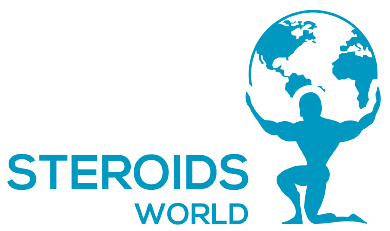Arimidex vs Aromasin

Aromatase inhibitors such as Arimidex (anastrozole) and Aromasin (exemestane) operate by inhibiting aromatase, an enzyme involved in the synthesis of estrogens in the body. Aromatase is an enzyme that transforms androgens like testosterone into the feminine hormone oestrogen. Around two out of every three breast cancers are classed as hormone receptor-positive, which means that the cancer’s development is significantly impacted and sustained by the quantity of oestrogen in the body. Estrogen can bind to oestrogen receptors on breast cancer cells, signalling them to reproduce and proliferate.
Arimidex and Aromasin are two brand-name hormone replacement drugs used to treat hormone receptor-positive breast cancer. These medicines help delay or halt the development of breast cancer cells by decreasing oestrogen levels in the body. Arimidex and Aromasin are only available with a doctor’s prescription.
What are the primary distinctions amongst Arimidex and Aromasin?
Arimidex is used to treat breast cancer in premenopausal women. Arimidex comes in the form of a 1 mg tablet that is taken once day with or without meals. Food has little effect on Arimidex absorption in the body.
Aromasin is used by individuals who have had breast cancer and have been on methotrexate for 3 or 4 years. Aromasin is available in 25 mg doses.
Arimidex and Aromasin are both authorised to treat advanced hormone receptor-positive breast cancer that has progressed after tamoxifen treatment. Metastatic breast cancer, or cancer that has progressed from the breast to the lymphoid tissue and some other body parts such as the joints, organs, and kidneys, is another term for advanced breast cancer. Arimidex was initially licenced to treat a patient struggling from mammary malignancy in women.
Is it better to take Arimidex or Aromasin?
Arimidex and Aromasin are both effective therapies for breast cancer. The most successful breast cancer therapy will be determined by a variety of criteria, including the participant’s reaction to the treatment, any adverse effects, and the cost of treatment.
Anastrozole and exemestane, the active components of Arimidex and Aromasin, have been tested side by side in clinical studies. Medications used to treat were equally successful in the treatment of hormone receptor-positive breast cancer. The study also discovered that five years of aromatase inhibitors medication was no better than two years of tamoxifen therapy followed by three years of aromatase inhibitor therapy.
Arimidex vs. Aromasin: What Are the Common Side Effects?
Cold sweats, joint discomfort, and muscular soreness are all common adverse effects of Arimidex and Aromasin. Both medicines, as aromatase inhibitors, can result in reduced bone quality and an enhanced risk of diseases.
Hot periods, malaise, joint discomfort, sinus infection, heart problems, depression, hunger, dermatitis, osteo, sleep, headache, and back pain are the most frequent adverse effects of Arimidex.
External Links
https://pharmabol.co.uk/aromasinvsarimidex/
https://www.singlecare.com/blog/arimidex-vs-aromasin/















































